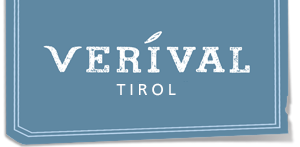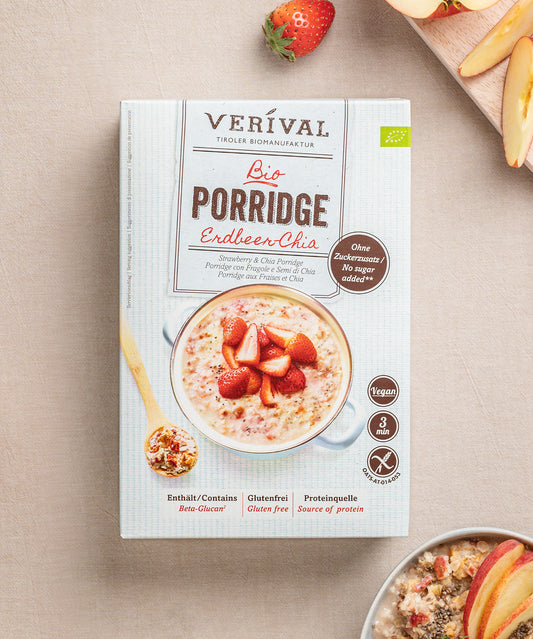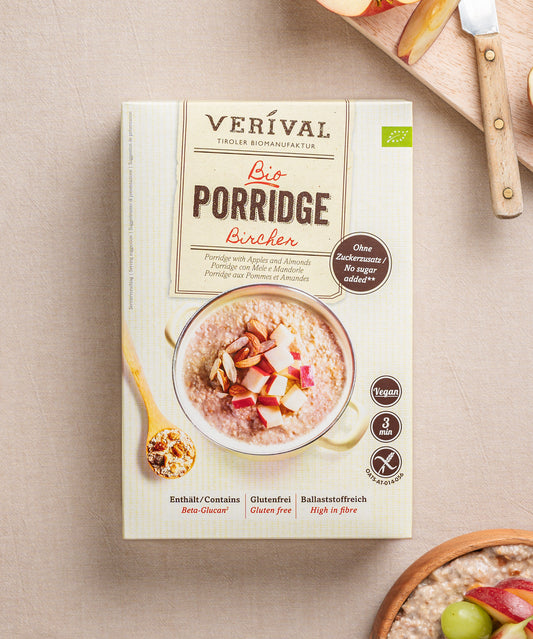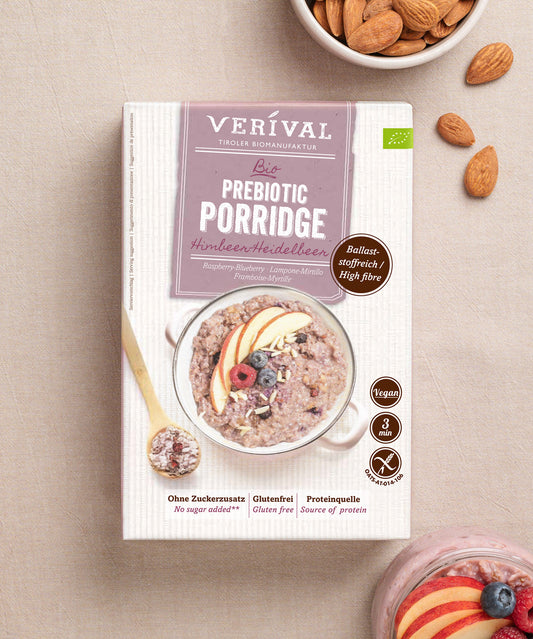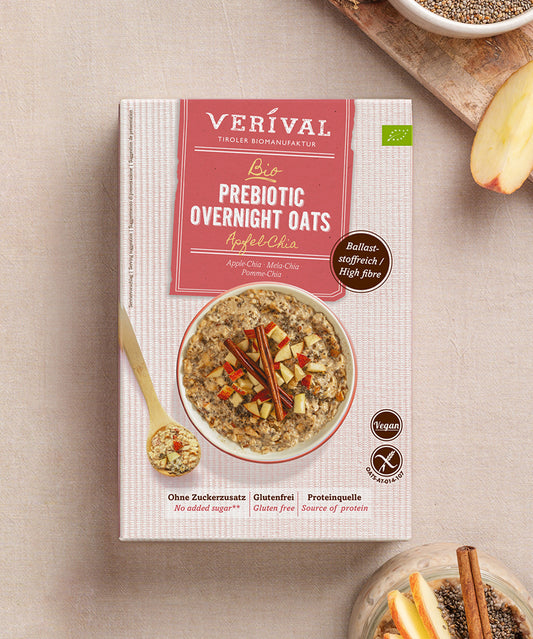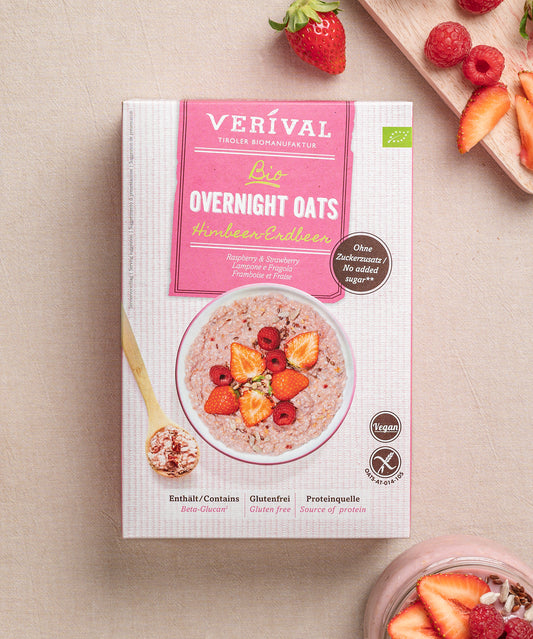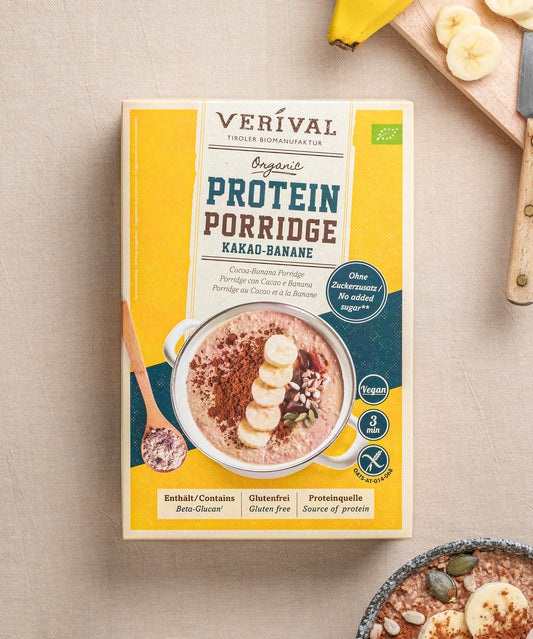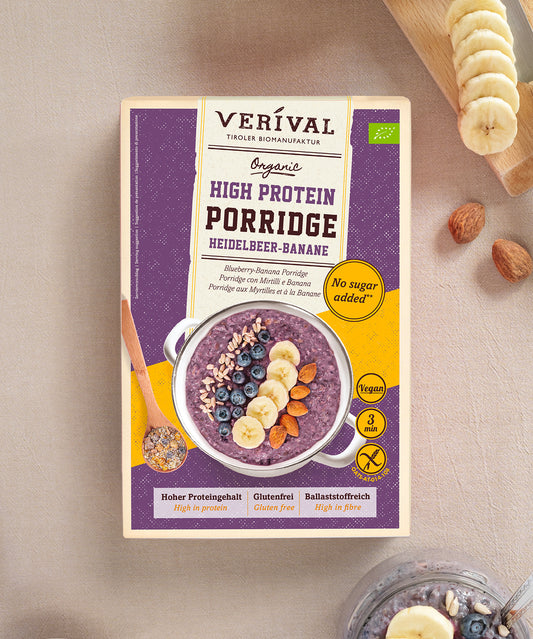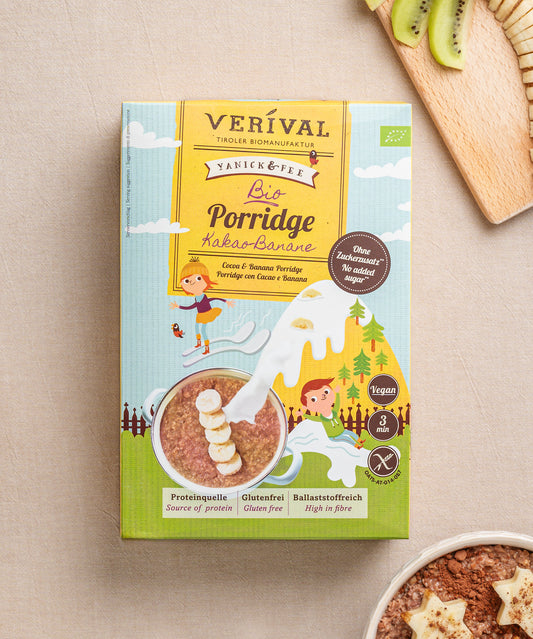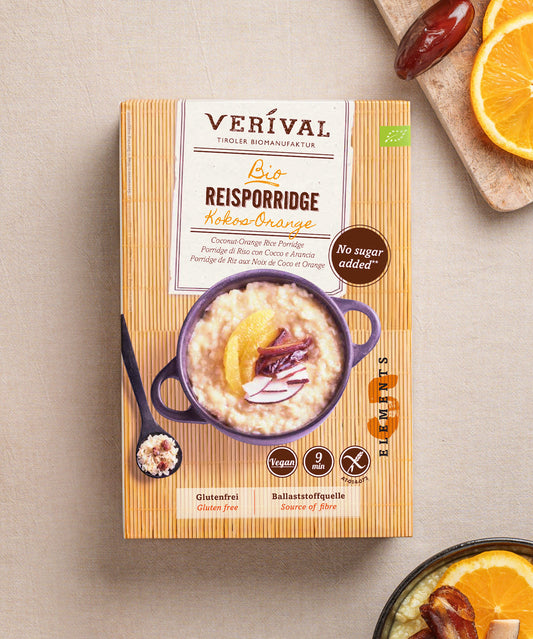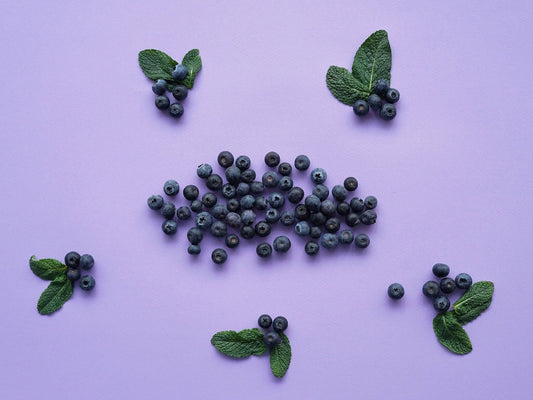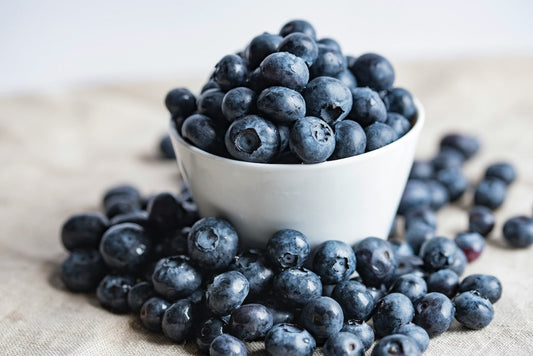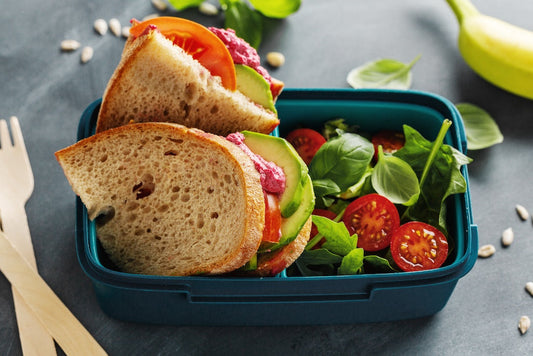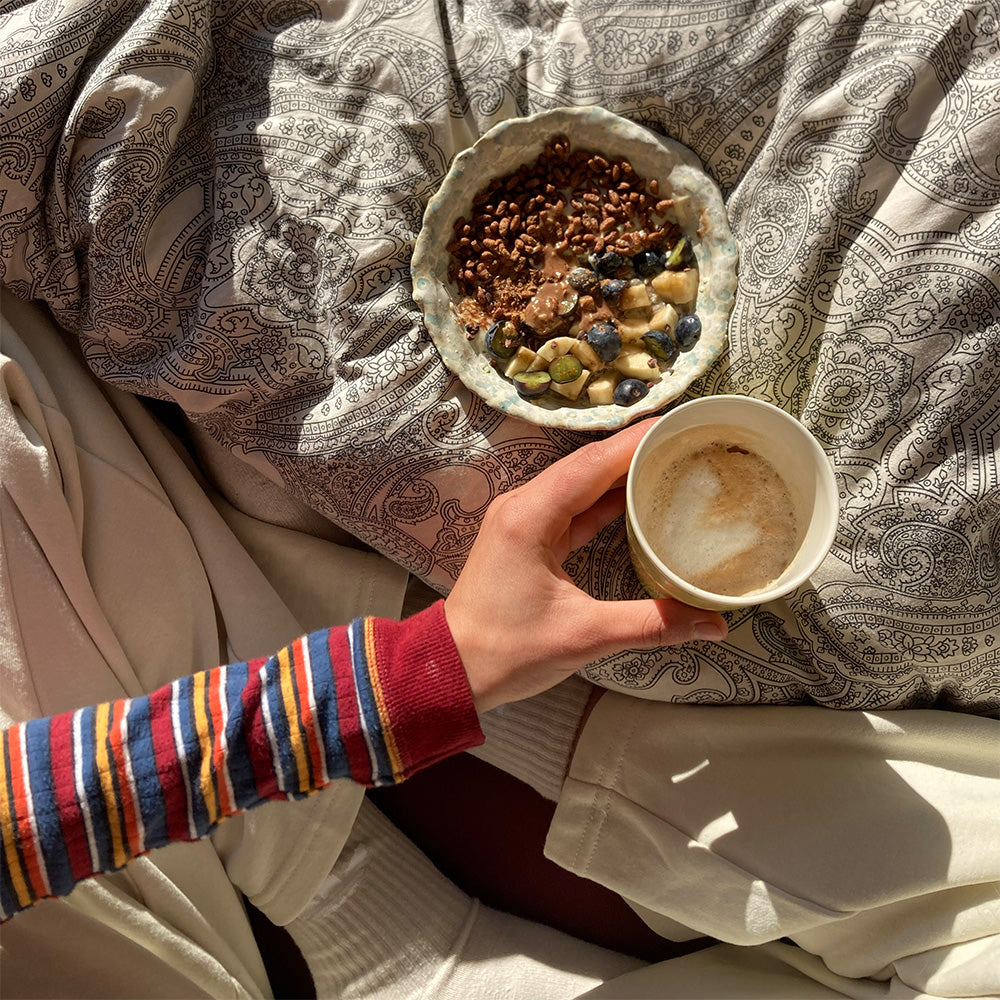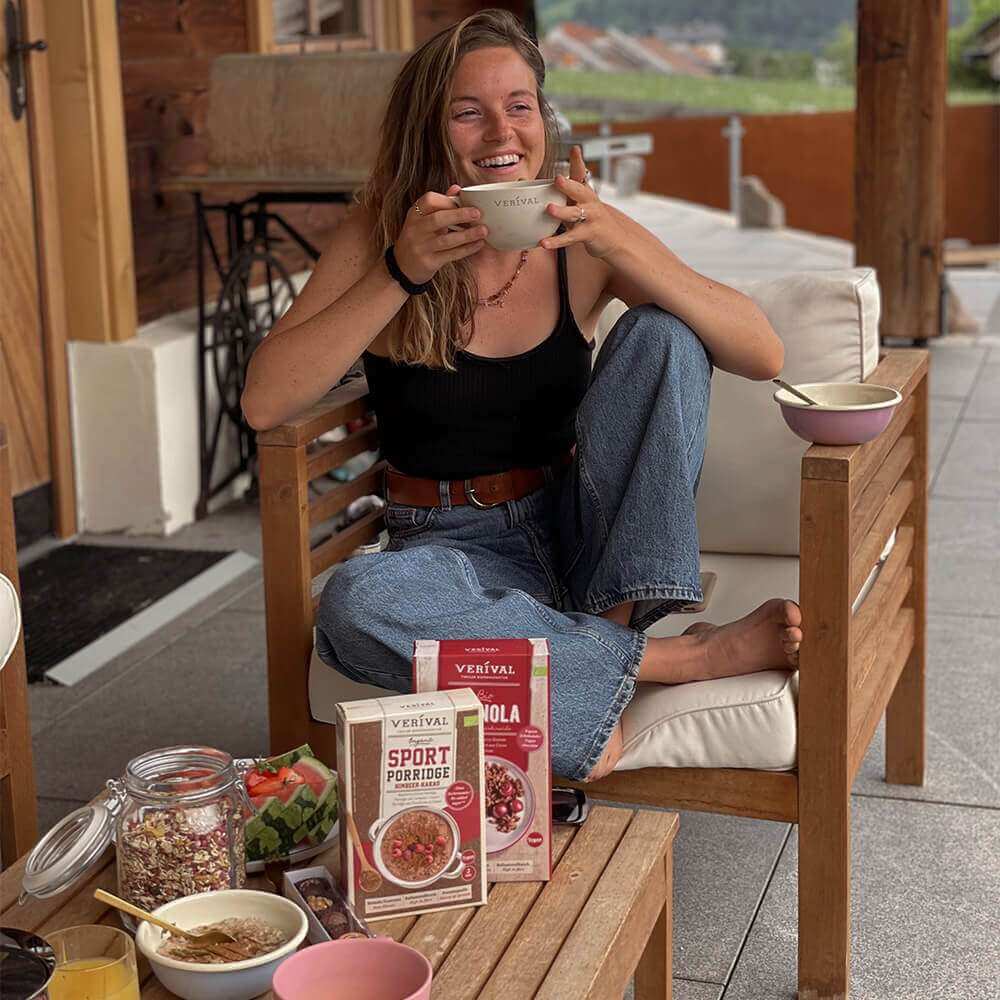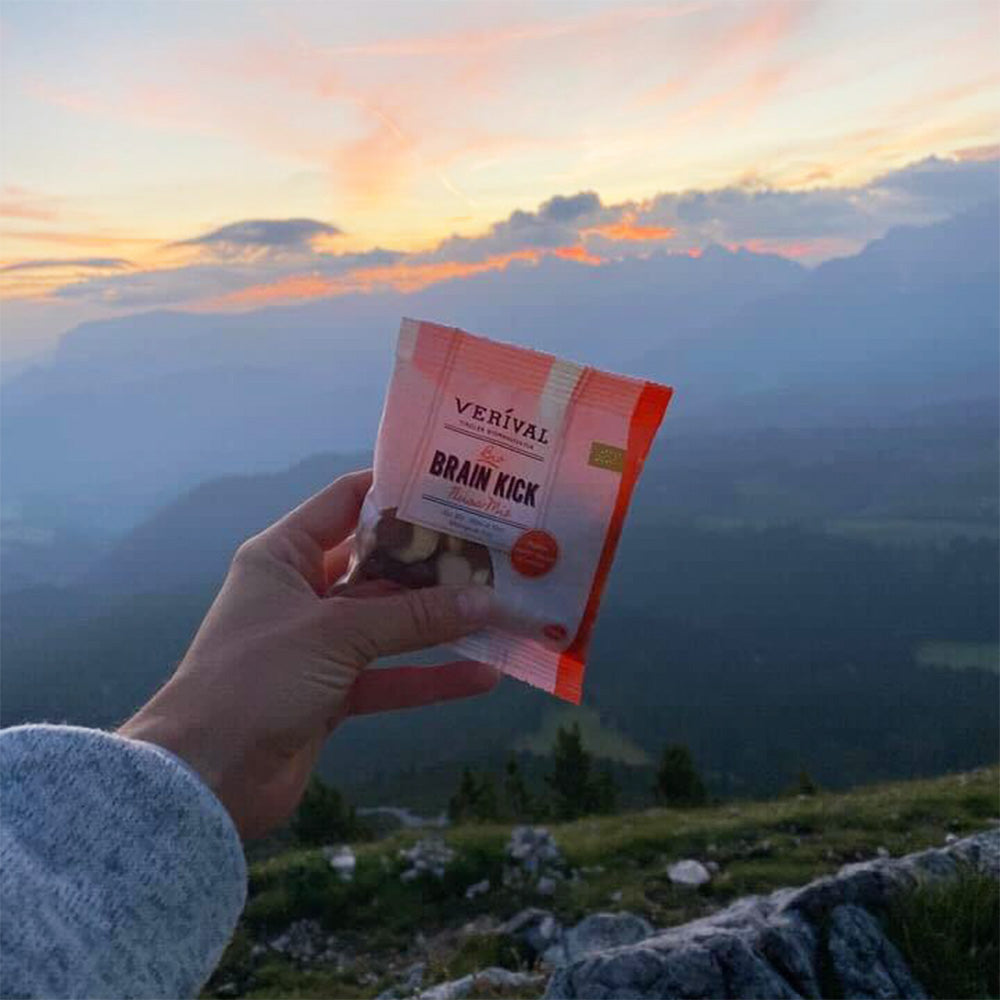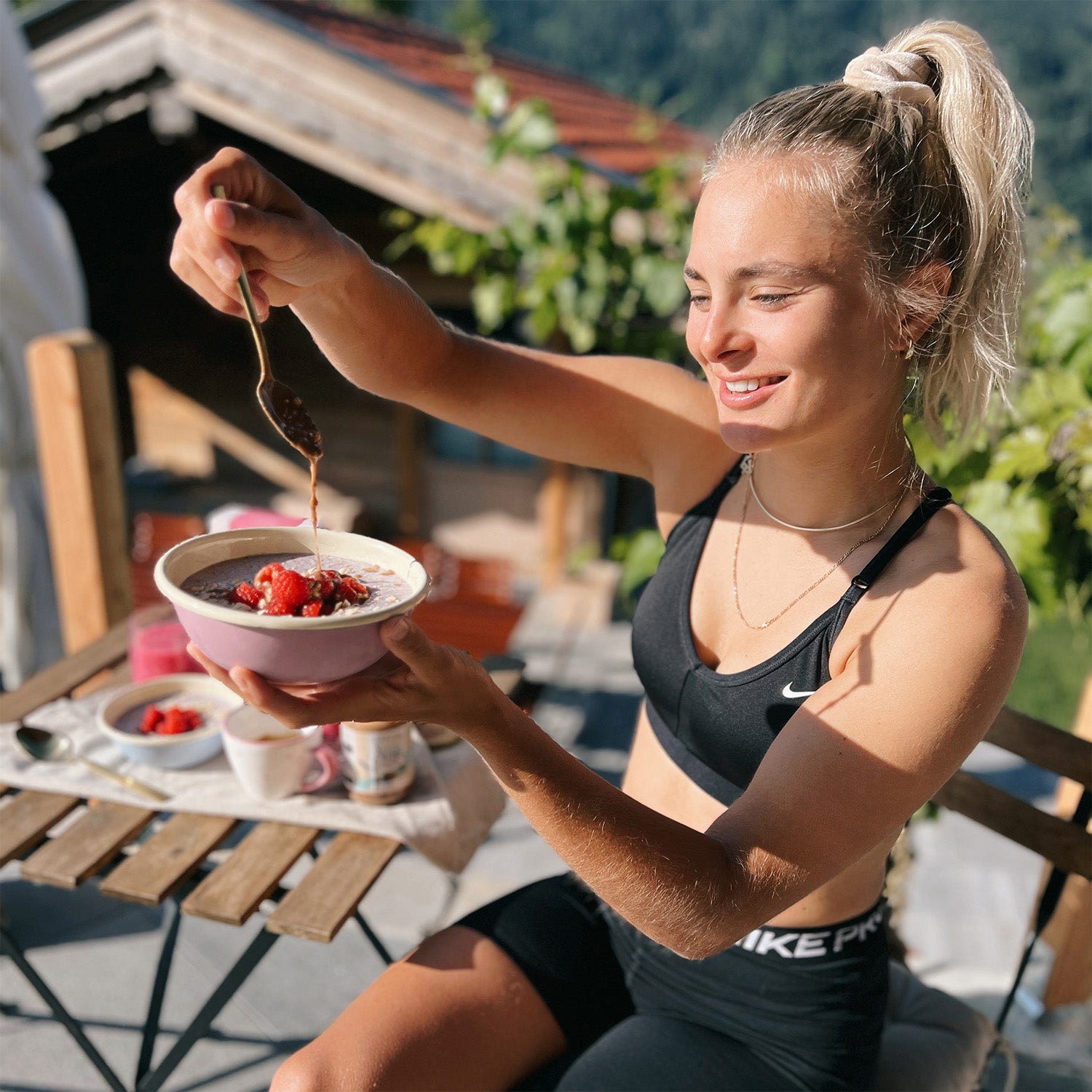Celiac disease – what now? You suffer from gluten intolerance, also known as celiac disease, and are wondering what you can have for breakfast? Even if it is unimaginable at first to give up gluten, we will show you here how you can easily eliminate it from your diet and how to make a celiac-friendly breakfast! At the end, you will also find delicious and healthy recipes.
But first, we should clarify what gluten actually is and in which foods it occurs.
Healthy and gluten-free breakfast from Verival – discover it here!
What is gluten?
It is a protein mixture. It is also called gluten. This protein is found in the seeds of many types of grain. It is mostly used in the food industry when processing flour. This is what makes flour sticky when combined with water, allowing a wide variety of baked goods, such as bread, to be formed.
Where is gluten found?
As already mentioned, it is mainly found in many types of grain. These include:
- Wheat
- Spelt
- oats
- rye
- Barley
- Green spelt
- Einkorn wheat
- Emmer wheat
- Kamut
- Triticale
- Bulgur wheat
- Couscous
What should you avoid with celiac disease?
People with celiac disease should be very careful with foods that contain flour or wheat starch. These include bread, pastries, pasta, biscuits and much more. Porridge and muesli can also contain gluten-containing grains. There are now also many types of grain that are specially grown, harvested and processed to make them gluten-free. You can find out more about how gluten-free oats are grown here.
Celiac disease and its symptoms
You can recognize an intolerance by the various symptoms. Often, people suffer from stomach aches, headaches, diarrhea, or even muscle or joint pain. Of course, you can guess from the symptoms whether you might have celiac disease, but you should still see a specialist for a diagnosis.
A distinction is made between celiac disease, gluten sensitivity, wheat allergy and wheat sensitivity. Although the symptoms of the three conditions are very similar, not every disease requires a complete gluten-free diet. Therefore, we will now explain the differences between the three different types.
Celiac disease, gluten sensitivity, wheat allergy and wheat sensitivity – what's the difference?
What is coeliac disease?
Coeliac disease is a severe gluten intolerance or allergy. Sufferers must strictly avoid gluten for the rest of their lives, as the small intestine cannot absorb and break down this protein. Coeliac disease is a chronic inflammation of the small intestine, which can lead to damage to the intestinal mucosa. If you don't strictly adhere to a gluten-free diet, it can lead to the destruction of the intestinal villi and associated secondary diseases.
It may sound worse than it really is. A diagnosis of celiac disease means a change in diet. But with a few tips and tricks, you can have a gluten-free and delicious breakfast – despite celiac disease.
You can still enjoy a delicious gluten-free breakfast despite having coeliac disease.
Why not try our various gluten-free mueslis and porridges? They will help you start the day healthily without having to go without a tasty breakfast.
What is gluten sensitivity?
Gluten sensitivity is not the same as celiac disease, but rather a wheat allergy. Although the symptoms are very similar to those of celiac disease, no damage is caused to the intestines. Nevertheless, you should strictly avoid gluten-containing foods even if you are gluten sensitive.
What is a wheat allergy?
Wheat allergy symptoms include skin rashes, breathing difficulties and digestive issues. However, these are caused by wheat itself, not gluten. This is why you should strictly avoid wheat, although gluten-free products or dishes usually do not contain wheat either.
What is wheat sensitivity?
Wheat sensitivity is much milder than celiac disease or wheat allergy. Although the symptoms are similar to those of allergic reactions, it is not necessary to completely avoid wheat or gluten. A slightly reduced wheat diet is enough to alleviate the symptoms.
Which grains are gluten-free?
In addition to all the gluten-containing grains, there are of course also grains that are naturally gluten-free. They are a great base for many gluten-free breakfast recipes and for a suitable diet for people with celiac disease.
Gluten-free grains include:
- Amaranth
- Millet
- Corn
- Rice – Discover our gluten-free coconut-orange rice porridge based on the 5-element theory.
- Buckwheat
- Oats – although oats are naturally low in gluten, they are grown in fields where gluten-containing grains are also grown. You can find out more about this in this article: Is oats actually gluten-free?
- Quinoa
- Teff
Even if you suffer from celiac disease, you can still enjoy a delicious porridge in the morning. Here you will find a recipe for a healthy quinoa porridge:
A gluten-free start to the morning – here's how
Although you should strictly avoid gluten if you have coeliac disease, you don't have to miss out on a healthy, tasty and filling morning meal. There are many different ways to have a gluten-free breakfast.
At Verival you will find a wide range of special products, such as gluten-free mueslis and porridges. To find these products in the Verival online shop, simply select the filter “Gluten-free”. This will take you to all our delicious gluten-free muesli and porridge varieties.
Discover the gluten-free Verival breakfast
Why not try our warming Bircher porridge, our fruity strawberry chia porridge, our summery coconut apricot porridge or, if you prefer something chocolaty, our sour cherry cocoa oat porridge.
As you have probably already noticed, many of our breakfast options are gluten-free. You can find out how these are made and how we can help you with your specific diet in the Verival fact check. There you will also learn how our products receive the gluten-free seal.
3 breakfast recipes for your gluten-free first meal of the day
Despite having coeliac disease, you don't have to miss out on the fun of healthy cooking. Our three gluten-free breakfast recipes won't just be loved by you, but also by all your friends and family. Have fun trying them out!
The gluten-free Bircher pancakes also provide a tasty change.
The last breakfast recipe is a delicious and healthy carrot cake porridge. However, you should use gluten-free oats for the ingredients. Find out here why it is better to eat gluten-free oats if you have coeliac disease.
Discover the gluten-free Verival breakfast
Last but not least, you should also make sure that you choose a gluten-free plant-based drink. For example, almond or other nut drinks, rice drinks and buckwheat drinks are gluten-free and make your porridge deliciously creamy. Alternatively, you can of course simply use water.
As you can see, even with coeliac disease, healthy eating is not difficult!
You can find more tips on breakfast, gluten-free nutrition and other gluten-free recipes on our blog.
